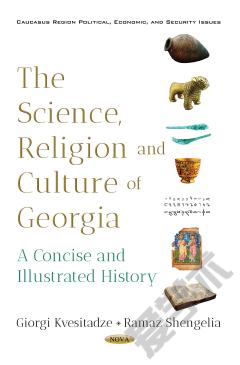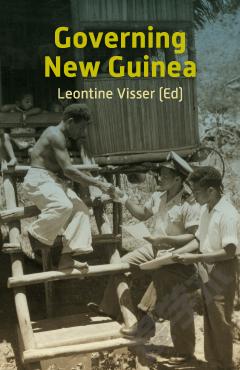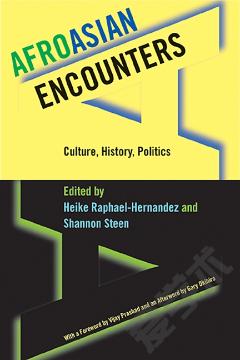South Coast New Guinea Cultures: History, Comparison, Dialectic
Part I. Grounding: 1. Theoretical and ethnographic context 2. Historical background and regional configuration Part II. Critique: 3. Sexuality in the regional analysis of south New Guinea 4. The analytic legacy of homosexual emphasis: language, subsistence, and political economy 5. Women's status 6. Trends in comparative analysis Part III. Reconfiguration: 7. Theoretical reconfiguration 8. Marind-anim 9. Symbolic and sociopolitical permutations 10. Regional characteristics and comparisons Appendix Notes References Index.
{{comment.content}}








 京公网安备 11010802027623号
京公网安备 11010802027623号